Fable About 'Belarusian Phone' Has Been Lasting On For 20 Years
19- 1.10.2024, 13:43
- 14,542
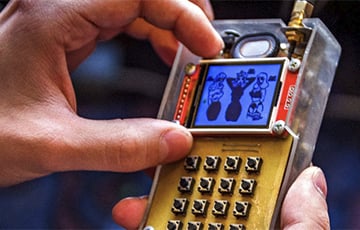
See what the first domestic Belarusian cell phone looks like.
Lukashenka promised to release a Belarusian mobile phone. And even with its own software. This is not the first attempt to make a Belarusian cell phone. Blizko.by has studied all previous such attempts. And even found out what the first Belarusian cell phone looked like. Now you will definitely be surprised.
Lukashenka showed a phone that he uses himself, some members of the government and his closest working circle — about 70 people in total. However, Lukashenka does not keep his phone with him: his assistant brings it if necessary.
Lukashenka explained that it uses the development of the KGB, which does not allow listening to the conversation: the speech is encoded, and when trying to intercept the conversation, one hears a gurgle. The device was created thanks to a strong cryptographic school, which has been preserved in Belarus since the times of the USSR. And he said that this device, which uses Belarusian development, has already been bought by some countries. No more details.
A mobile phone that looks like a typical non-A-brand Android smartphone flashed through the frame.
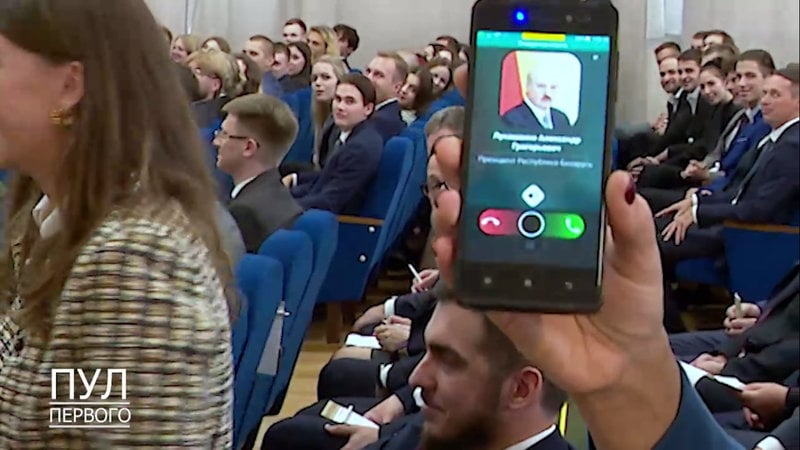
This phone is very, very similar to the one presented by the KGB six and a half years ago, in the spring of 2018. Then the Chairman of the KGB Valery Vakulchik on the air of the Belarus 1 TV-Channel demonstrated a mobile phone developed in Belarus for closed government communications.
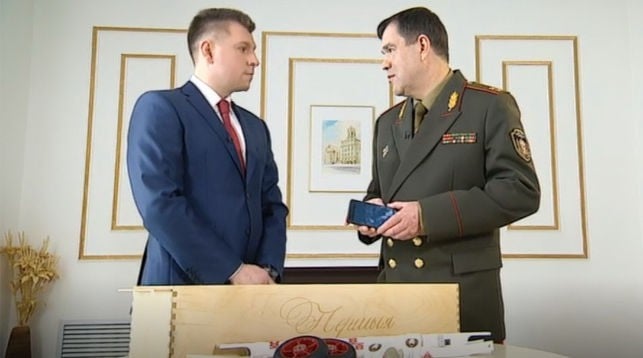
— There is and demand for closed government communications. But time requires some new solutions. The head of state set the task of developing a secure mobile phone that would allow closed negotiations anywhere and at any time with any official," Vakulchyk said.
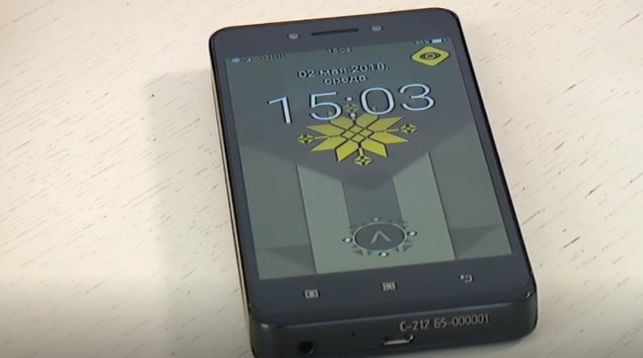
He noted that only a few states have such phones, and the Belarusian apparatus is not inferior to them in quality and even better in some parameters. However, the domestic phone is much cheaper in production. "We are working to organize export supplies to some friendly states," he added.
— It is made in a closed design. Allows you to conduct conversations with a high degree of protection from eavesdropping, interception. It consists of three parts: a microphone, a crypto module (it is a cipher hardware, it is an encryption and decryption system) and a processor. […] The phone is also protected from intruders. If there is an autopsy attempt, self-destruction of the contents of this phone is provided.
Have you ever produced mobile phones in Belarus?
Yes, they did, and even several times. It can't be said that it was a very good experience.
And this story has been going on for at least 20 years.
Twenty years ago, in August 2004, Lukashenka held a meeting on the further development of cellular communication in Belarus. And then he said: cell phones, transmitters can and should be produced in Belarus.
— Why can't we — an intellectual, highly educated nation — do it all ourselves? It is necessary to connect the domestic production potential. I believe that we have considerable opportunities for this. It is only necessary to repurpose and tie our specific enterprises to the needs of the industry. […] Agricultural harvesters can be purchased abroad. But we went the other way: we are developing our own, domestic grain harvesting, flax harvesting, and forage harvesting equipment. And why do we buy Siemens here, etc.? No one has done it or wants to do it for various reasons. It's easier this way: foreigners will come, money will be brought. They will deliver their equipment, we will buy spare parts, they will receive a profit — they will take it away. And why not work to the maximum?
The result of that big meeting was the subsequent decision that the third GSM operator in the country would be state-owned — this is how BeST CJSC subsequently appeared.
Soon, pictures of the first Belarusian cell phone appeared online.

It turned out that this was a fake (although such a word was not used at that time): they just edited the image of the Siemens Marathon cell phone.
Eurotef
The mobile phone, which was called the first Belarusian cell phone, appeared in April 2008. The Promsvyaz Minsk plant released a mobile phone called "Eurotef-M". Moreover, it simultaneously worked both as a GSM cell phone and as a radio phone, whose base is connected to the Beltelecom wired network.
Eurotef-M supports various applications (e-mail, WAP 2.0, SMS, MMS, etc.), it is equipped with a color display, a vibration call, polyphony, a camera, a phone book for 500 numbers, a speakerphone and other additional functions. However, many useful and mandatory for the mobile 2008 phone were absent. Bluetooth, infrared port, memory cards — none of that. The screen is very small: only 128x128 pixels. The camera is 0.3 megapixels without video making function. The phone went on sale for about $160.
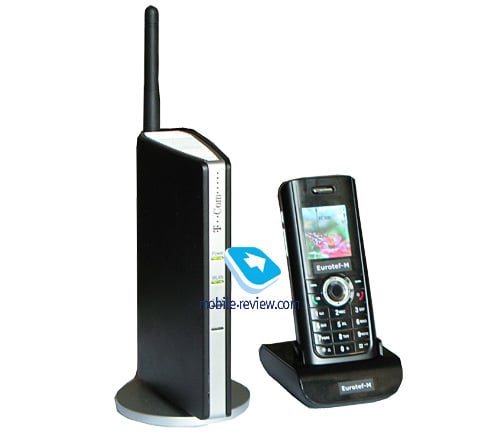
Very quickly, journalists found out that the phone was based on the TC300 model developed by Hitachi for Deutsche Telecom. Also, a small batch of these phones was sold in Italy by the Pirelli operator under the brand name Discus DP-L10. Based on the agreement between Deutsche Telecom and Promsvyaz, the software was Russified and the Belarusian assembly of ready-made kits was established.
Three years later, an unexpected continuation arrived: Promsvyaz brought to market the Eurotef E1 model (looks like a Nokia E71 smartphone with a QWERTY keyboard), Eurotef E2 ("granny phone" with large buttons) and Eurotef E3 (an ordinary push-button phone and also with a "earpiece" for Nokia).
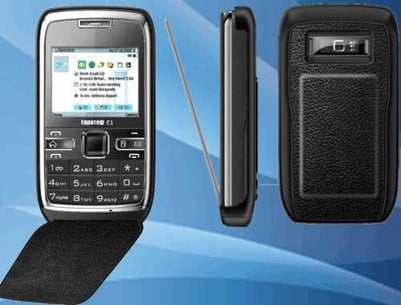
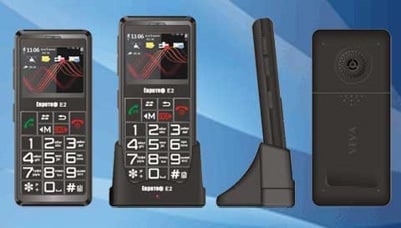
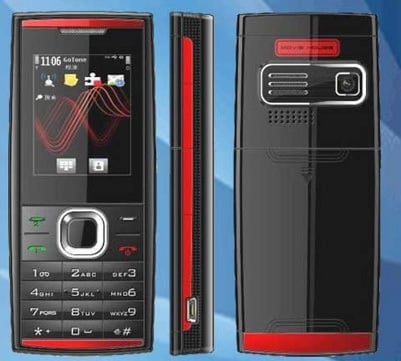
Veon
In the same 2008, when the first Eurotef appeared, but only a few months later, another "first Belarusian mobile phone" was launched in Belarus. Russian businessman Alexei Pechenkin's LCD service company set up a screwdriver assembly of two models in Minsk in the rented premises of the Institute of Heat and Mass Transfer of the National Academy of Sciences, where five installers worked and collected up to 300 devices per day. A mono-brand store was even opened in the Stolitsa shopping mall, where both models of the enterprise were exhibited: the T10 and the A280 dual-simulator at a price of $120 to $225.
The T10 phone had a classic monoblock design with slightly rounded edges. It boasted support for memory cards and a 2.2-inch TFT touchscreen, a 1.3-megapixel camera with video recording capability, 760 kilobytes of internal memory, an organizer, WAP, and GPRS. The main features of the A280 model are two GSM modules with support for two active SIM cards. The phone had a TFT touch screen with a diagonal of 2.4 inches and a resolution of 240x320 pixels. The phone also had a built-in 1.3 megapixel camera with the ability to shoot video, an MP3 player, 64-tone polyphony, support for memory cards, an organizer, WAP and GPRS. Both models were sold with a spare battery.
Belarusian Minister of Communications and Informatics Mikalai Pantselei said:
— Such production is able to compete with "gray" phones, which have become a big problem for the Belarusian equipment market. After all, Veon phones can compete with the products of the largest manufacturers of communication equipment both in price and quality.
And Alexey Pechenkin said in an interview:
— At least one model will be fully developed in Minsk during 2009.
However, both models were typical "Sinophones" of that era, without the necessary functions and menu with poor translation. They did not find many adherents, and subsequently the assembly stopped in Minsk. Veon mobile phones continued to be sold in Belarus after that, but they were already made entirely in China. Nothing was developed in Minsk.
Snami
The TC Snami company loudly declared itself In 2010. Before that, it imported electronics to the country, and now she decided to release mobile phones under her own name Snami. The first two-sim devices W301 and AF103 models appeared. It was claimed that all of them were developed in Belarus, although they are assembled in China. The iPhone is already four years old, standardization and microUSB connectors are in the world, but Snami has its own proprietary charging connector. Then there were three simple push-button "callers" — models C220, M200 and GS121, then there were models S280, X301 and i616 with touch screens, model E74 directly to 4 SIM cards, simple monoblocks D201 and D400.
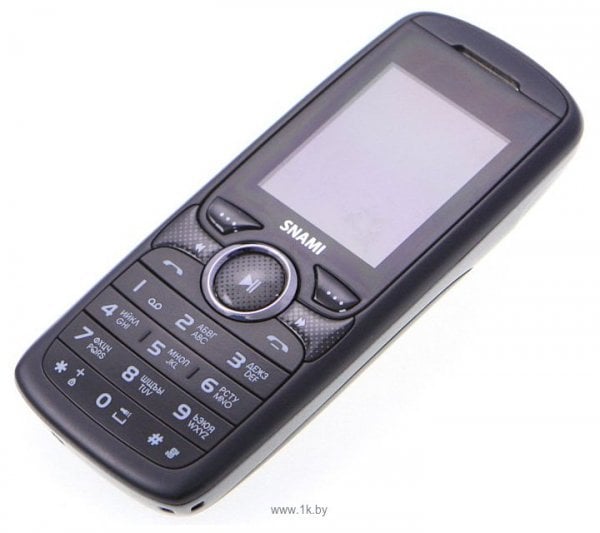
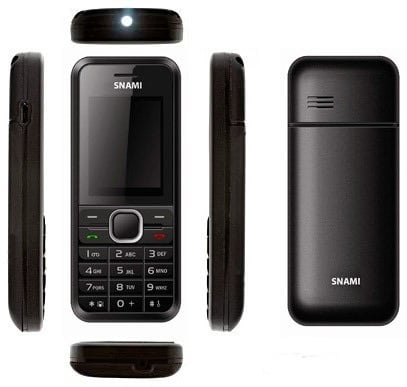
The more models came out, the less confidence there was that they were developed in Belarus, and not in China.
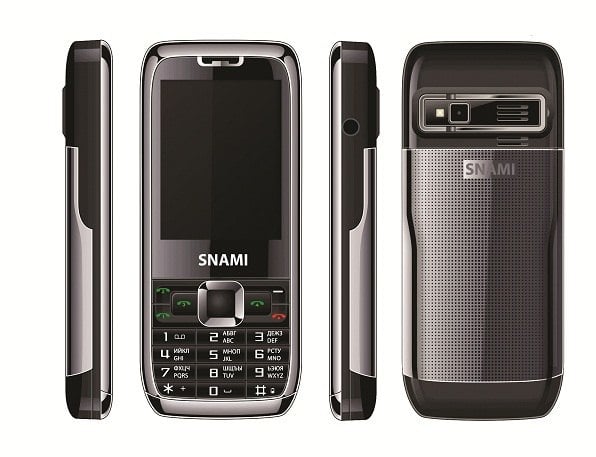
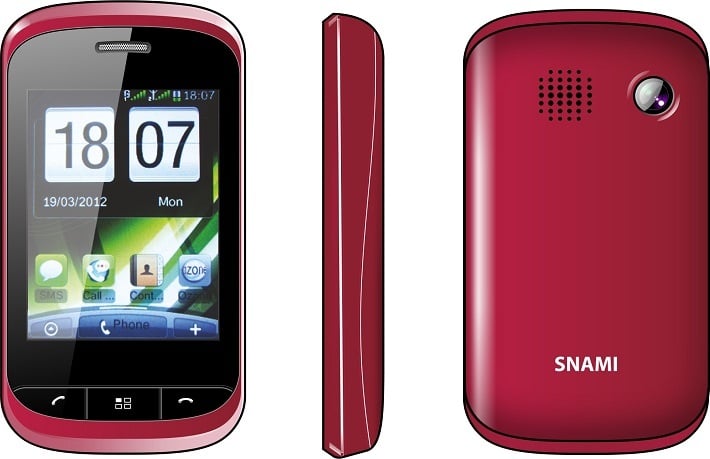
All models of Eurotef, Veon and Snami phones released so far have been the simplest "callers" even without the possibility of installing Java applications. But they could boast a low price — from $30. And in the summer of 2013, Snami released the first smartphone: the M340 model on Android 2.3.6 for only $88! True, it turned out that for this money the user receives not only a smartphone with an old version of Android OS and reduced functionality, but also an unremovable application with naked Chinese women with whom you could immediately chat. The app was constantly bored with notifications — and there was no way to get rid of them. What other evidence do you need that this is a pure Belarusian development?
The Snami Z320 smartphone was also announced, but it never reached the market. And after 2013, no one hear about the company.
And all the others
In 2016, several brands appeared that positioned themselves as manufacturers of the first Belarusian smartphones. The ITC-M company brought to the market the brand Flycat (smartphone model Optimum 5001), and the Reliable Mobile Systems — Venso (model Creon F5).
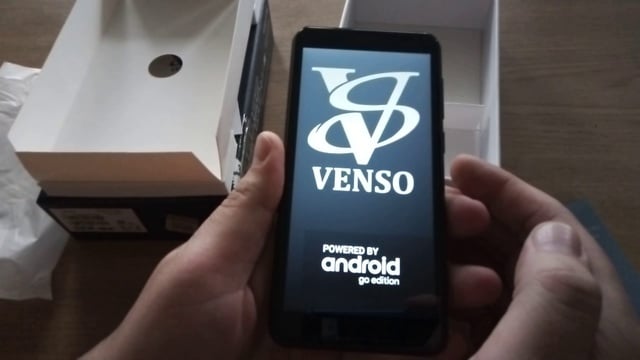
Venso smartphones were sold in the following years, then the company switched to wireless headphones, dozens of models of which are not still sold.
So which phone became the first Belarusian cell phone?
In the Soviet Union, back in the late 1950s, the Altai mobile radio communication system was developed, part of the equipment for which was also produced in the BSSR. Then more modern developments of Vilia, Kart, Rosa-T followed. And at the end of the 80s, they developed the Volemot system (Voronezh, Leningrad, Maladzechna, Ternopil), which could work as a prototype of modern cellular systems: switch from one base station to another without losing communication. Phones the size of a suitcase were produced in Maladzechna until the end of the 1990s, and the network itself continued to work until the end of the 2000.
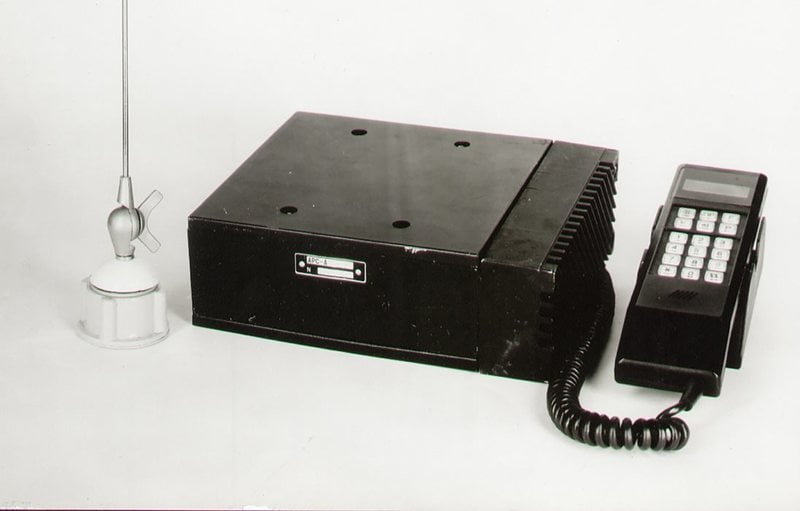
Nevertheless, Volemot, although it had the signs of a full-fledged cellular connection, still was not it until the end.
And the first own cell phone in Belarus appeared after the mobile operators of NMT (Belcel) and GSM (Velcom) standards earned in the country.
And you will never guess what it was.
In 2004, at the Tibo-2004 exhibition, the Agat-System company demonstrates a phone model, which, apparently, became the first Belarusian cell phone. Not mobile, but cellular. How was that even possible?
The model was called Agat-09. In fact, it was an ordinary civilian payphone model Agat-071, which is still found throughout the country, with a fastened cellular GSM modem Wavecom Fastrack M1203A-ON. We found its description and image in the industry magazine Vesnik Suviazi. It has an antenna on the top.
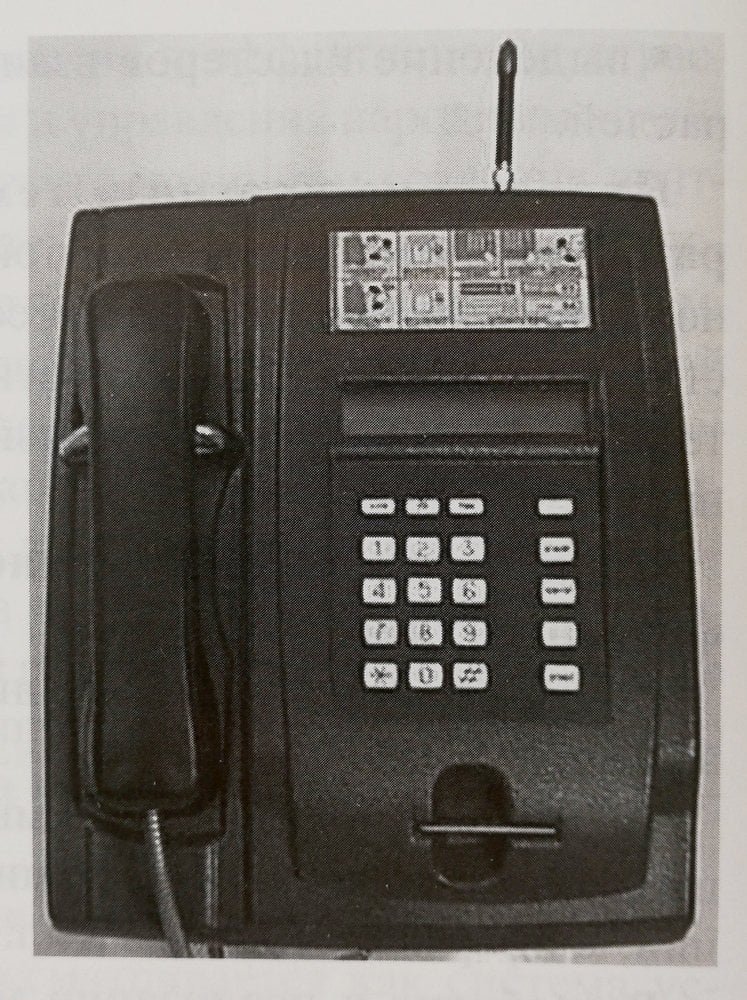
It is known that since the end of the 90s, the Belsel cellular payphones have been installed in Belarus: at gas stations, hotels and motels.
By the way, cellular payphones were also installed on trains to Moscow, St. Petersburg, Kyiv, Warsaw, Tallinn, and they worked on Belarusian trains until about 2007, when the NMT network was curtailed and the old Bellesel payphones could not work. Therefore, there is a possibility that just such Agates-09 continued to work on the trains, the first Belarusian GSM cellular phones, which, although they were not originally mobile phones, nevertheless became mobile thanks to the railway.











